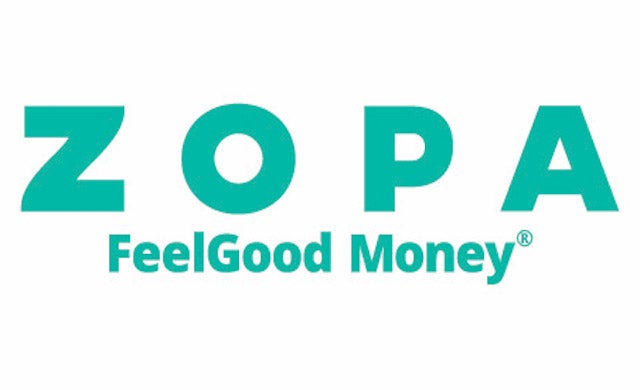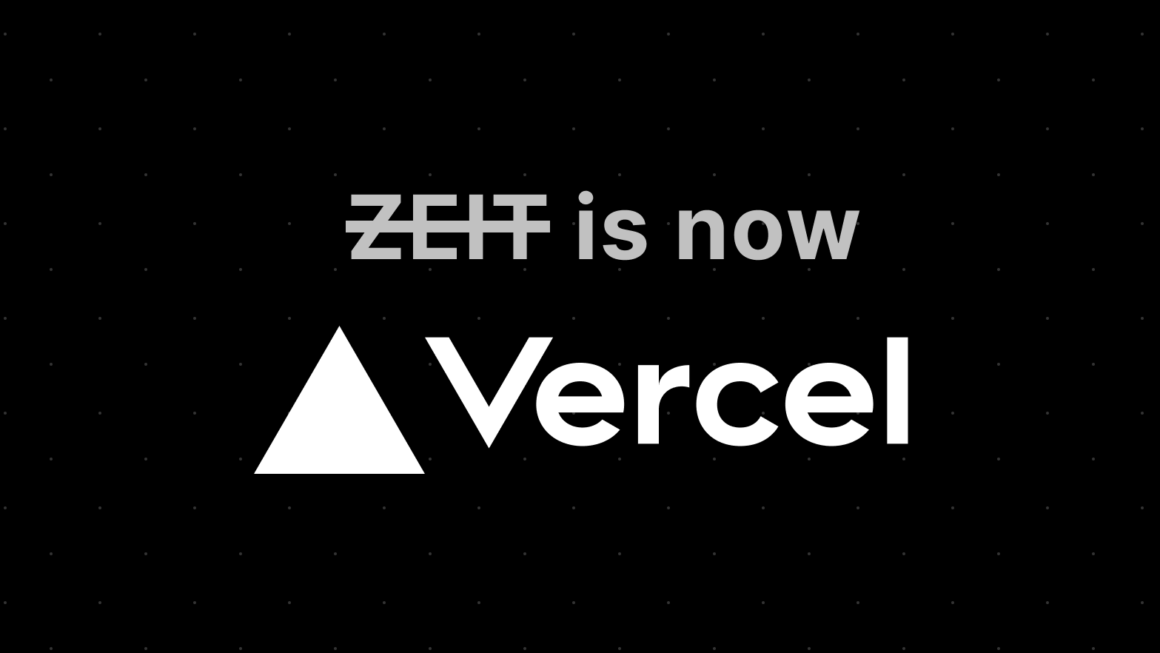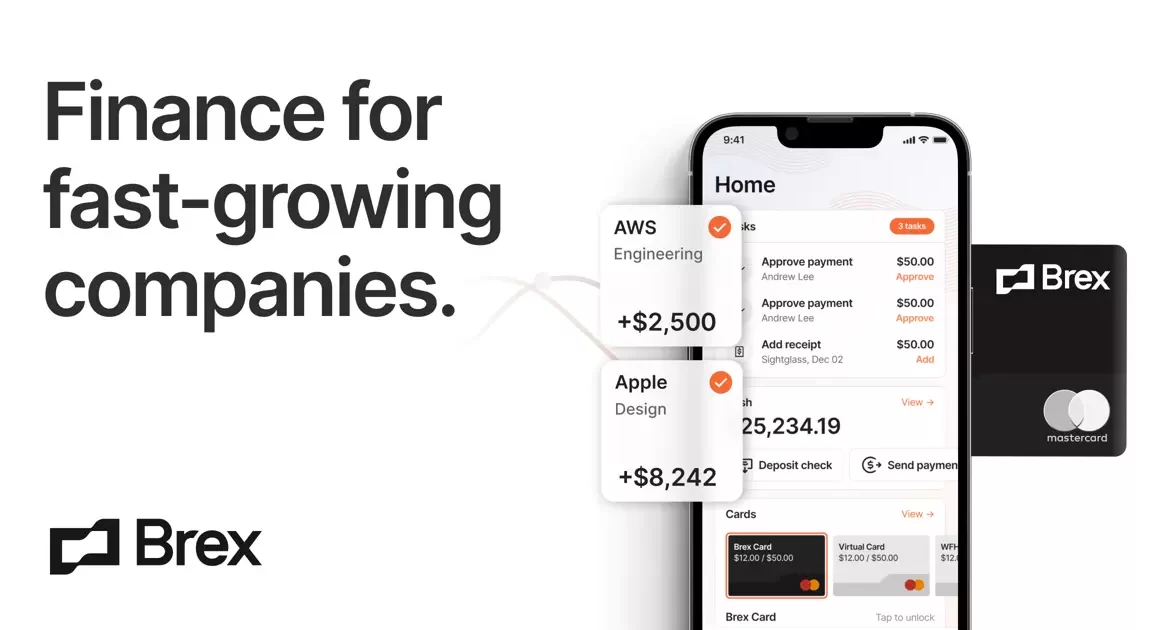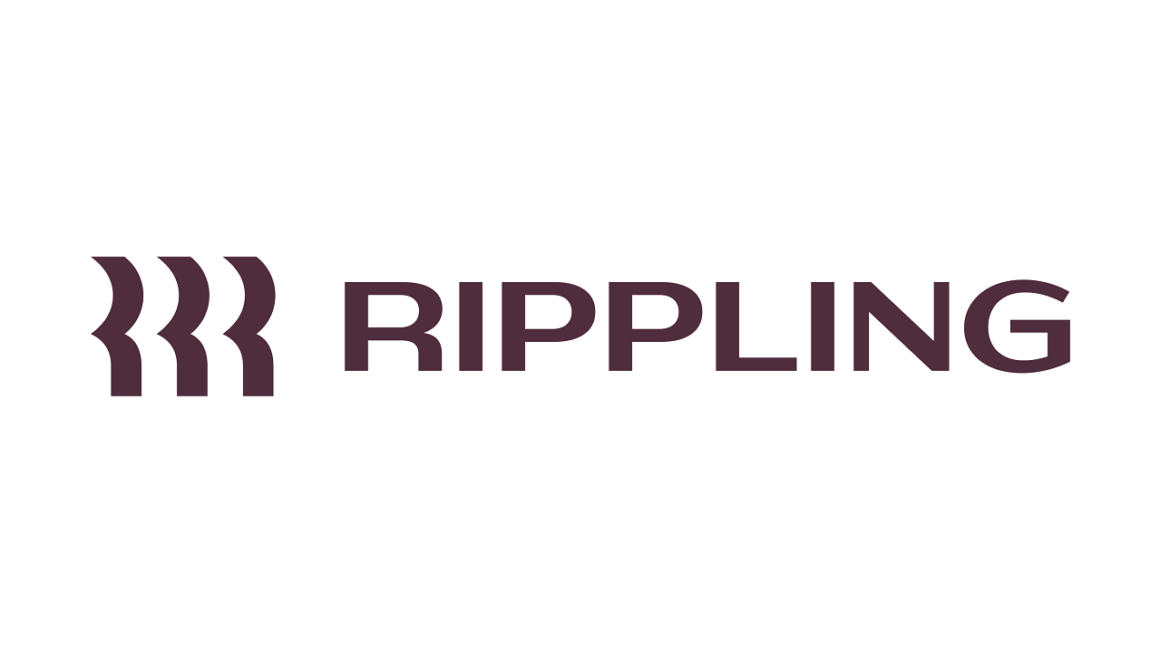Zopa is a brand that few people are familiar with. According to YouGov BrandIndex, its awareness among the British public is only 15%, whereas the giant banks it seeks to compete with score in the 90s.
And, while it has lent £4 billion to over half a million people since its inception in 2005, it remains a little participant in the financial system.
When it originally debuted, the company’s goal was to be the “eBay for money,” thus it established the first peer-to-peer lending network. The platform was supposed to link borrowers and investors, providing borrowers lower interest rates and fees than banks and investors a larger return on low-risk investing.
It was also among the early adopters of the so-called sharing economy. It served as a marketplace between the client (the borrower) and the service provider prior to the development of Airbnb, Just Eat, or Rightmove (the investor). However, as the sharing economy has grown, P2P lending has struggled to have the same impact.
Zopa has been profitable at various stages, but has struggled to strike a balance between profitability and expansion investment. According to The Times, the loan firm had a £1.5 million profit in 2017, but investment cost the company £4.2 million.
That money has primarily gone toward its intentions to enter the banking industry. That may sound counterintuitive for a firm founded to provide consumers with an alternative to banks, but it is part of Zopa’s strategy to broaden its appeal and, ultimately, catapult it to profitability.
History and Startup Story of Zopa
Zopa was founded in the United Kingdom in March 2005 as a peer-to-peer lending arrangement, linking investors with persons needing loans. It was formed in 2004 in Buckinghamshire by a team from the internet banking firm Egg Banking.
Zopa expanded substantially in the years preceding the 2007–2008 financial crisis. It got through the time with minimal capital losses and just a little drop in returns in 2008.
The first portfolio of Zopa loans was securitized on European markets in September 2016.
In January 2017, Zopa became the first peer-to-peer lending firm in the United Kingdom to lend more than £2 billion. In May 2017, the Financial Conduct Authority completely regulated Zopa. Zopa began delivering Innovative Finance ISA products in June 2017 after receiving FCA and HMRC certification as an Individual Savings Account (ISA) manager.
Zopa declared its plan to seek for a banking licence in November 2016 in order to extend the variety of financial products it offers to UK clients. Zopa received £44 million in investment for the launch of its new digital challenger bank in August 2018. The UK financial regulators, the FCA and the PRA, granted the business provisional banking licences in December 2018.
Retail banking services, including deposit accounts and a credit card, were introduced in June 2020, following the award of a complete banking licence.
By March 2021, Zopa had attracted around £250 million in fixed-term savings accounts and had established itself as a “top 10” credit card provider. In the same month, the firm obtained an additional £20 million from its current lenders.
CEO Jaidev Janardana suggested in June 2021 that Zopa might go public as early as the fourth quarter of 2022. The startup secured $300 million from Softbank Vision Fund and other investors in October of that year, indicating a $1 billion valuation.
On December 7, 2021, Zopa stated that it will be closing down its peer-to-peer business, including the acquisition of existing investor loans.
Also Read: What is Shopify ? Shopify Business Model And How Does It Make Money
Funding and Investments of Zopa
Zopa has raised a total of $792.3M in funding over 15 rounds. Their latest funding was raised on Oct 18, 2021 from a Venture.
Zopa is funded by 24 investors with Silverstripe International Holdings and SoftBank Vision Fund are the most recent investors.
The startup has raised $300 million in a funding round led by SoftBank in 2021. Zopa is now valued at $1 billion, making it the latest European fintech to achieve “unicorn” status. The company aims to go public by late 2022, and CEO Jaidev Janardana says it’s likely to list in London
Growth Story of Zopa
Zopa Bank has turned a profit barely 21 months after obtaining its UK banking licence in June 2020.
The bank sprang from peer-to-peer lending pioneer Zopa, which declared aspirations to become a bank in 2016. It ceased its peer-to-peer lending business in December 2021 in order to concentrate on its digital bank product.
Initially, Zopa Bank focused on the savings account, offering an account that can be opened in seven minutes and banking services that are available through the Zopa app, which was introduced in 2018.
The bank has collected £1 billion in deposits, loaned more than £1 billion, and issued more than 250,000 credit cards since its start in 2020.
“Achieving profitability in just 21 months is a tribute to our unique approach that matches customer demands by concentrating on how they borrow and save – the two things that have the largest influence on finances,” said Zopa Bank CEO Jaidev Janardana. Today’s announcement places Zopa among the quickest digital banks in history to achieve profitability, reinforcing our belief in the necessity of sustainable growth as a driver for faster product and market expansion.”
To build a digital bank, significant technological investment is necessary, as well as substantial marketing. As a result, it might take months or even years for them to become lucrative. Zopa Bank has benefited from the expertise of the Zopa peer-to-peer lending company, which was one of the first of its type when it launched in 2005. After obtaining a $1 billion value, the business became a fintech unicorn in 2021.
Future of Zopa
Zopa’s product appeal has been demonstrated in the previous 12 months, with Zopa exceeding all benchmarks across both new and old goods. In nine months, the bank grew to become a top ten credit card provider in the UK, recruiting over 100,000 credit card members.
Simultaneously, it has seen ongoing robust demand for its personal loans and vehicle lending products. Along with loans, Zopa has received over £400 million in consumer deposits and won multiple accolades for its innovative savings product.
The company’s competence in data and technology has aided the company’s rapid expansion and approach to customer-led innovation. For example, Zopa has been at the vanguard of Open Banking adoption, with both in-house products like its one-of-a-kind credit health tool Borrowing Power and recent partnerships with ClearScore and CreditLadder.
Other features introduced in the recent year include SafetyNet, which allows credit card consumers to set away a portion of their credit limit for a rainy day.
Because of its emphasis on lending and ability to attract deposits, Zopa has a distinct business model among challenger banks, generating significant consumer income. Since Zopa introduced its bank, revenue per client has more than doubled, putting the company on course to attain profitable by the end of the year. On this track, Zopa would be among the first challenger banks to achieve profitability.
This, along with its revenue and product success momentum, means Zopa has set its sights on an IPO in late Q4 2022, by which time it would have demonstrated a £12m+ track record of steady profitability.
To read more content like this, subscribe to our newsletter



